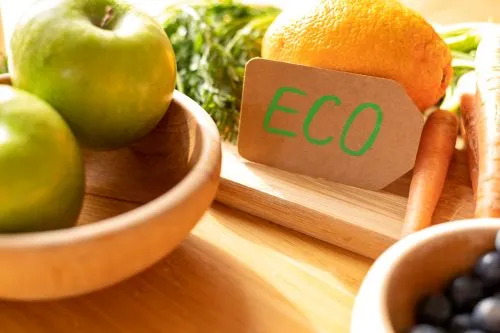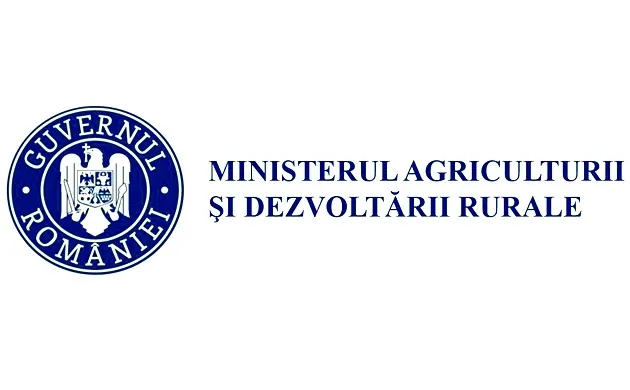1213

First There Was Inflation, Then Deflation, Now "Sogflation" Hits the Food Industry
What Is Sogflation?
From rising energy prices to the impact of geopolitical disruptions on supply imports, the food industry faces a myriad of challenges, the most significant being climate change.
Climate change itself affects the food industry in several ways, one of which is "sogflation."
FoodNavigator recently reported on the detrimental effects of extremely high temperatures and droughts on crop production and the subsequent rise in prices of these commodities. This price increase has come to be termed "thermal inflation."
First coined by Bloomberg columnist Lara Williams, so-called sogflation refers to the opposite end of the spectrum, highlighting price increases of goods due to sustained heavy rains and floods that have caused damage to crops.
How Do Heavy Rains and Floods Affect Food Security?
It has been a tale of two halves across much of Europe in recent years. Some countries, such as Spain, have been hit by extremely high temperatures and droughts, affecting crops like olives. Meanwhile, other countries like France and Germany have been subject to heavy rains and floods, affecting crops such as wheat and corn.
"In 2023, Europe witnessed the highest ever recorded fire, one of the wettest years, severe heatwaves, and widespread devastating flooding," said Carlo Buontempo, director of the EU climate agency, Copernicus Climate Change Service (C3S).
In the UK, the eighth wettest winter on record led to widespread flooding across the country, including farmland, with wheat, barley, and vegetable farmers reporting losses due to floodwaters.
"Since the end of last year, we've seen hundreds of farms across the country dealing with the devastation of flooding and the huge financial strain and misery it brings. Some farms in Lincolnshire have been underwater since October last year, and this is completely unacceptable," said Tom Bradshaw, president of the National Farmers' Union, to FoodNavigator.
And it's not just agriculture that's affected. Livestock farmers have also been negatively impacted, with the loss of grazing land for their animals. However, even when floodwaters have receded, farmers have remained unable to graze animals on the land, as the soil is saturated. In 2024, this meant dairy farmers in affected areas missed out on a period known as "flush." Flush is a period of peak milk production where cows are usually out grazing in the fields, gaining a lot of energy from grass and producing a lot of milk.
Furthermore, the effects of climate change are not only felt in Europe but are resonating globally, with devastating floods in Rio Grande do Sul currently threatening the soybean harvest. This crop is primarily used in animal feed, making it a concern for soybean farmers themselves as well as for livestock growers reliant on this supply.
The World Health Organization (WHO) has stated that globally "floods are increasing in frequency and intensity, and the frequency and intensity of extreme precipitation events are expected to continue to increase due to climate change."
What Is the Impact?
The impact of sustained heavy rains and floods on farmers and their produce has inevitably affected the cost of the goods they produce, pushing prices upwards.
Commodities like butter have seen price increases in recent years, with heavy rains and floods cited as one of the main reasons.
More recently, the UK has seen potato prices rise due to damage caused by rain to crops during the 2023/24 growing season.
"The tightening of supplies has been driven by weather issues throughout the harvesting period, with heavy rains leading to increased rot and other quality issues. Making poor conditions worse was the fact that many growers delayed lifting the crop to boost yields following late planting at the start of the season. This has led to a higher proportion of the crop remaining in the ground when unfavorable weather conditions set in," said Harry Campbell, a commodity market data analyst at market information firm Mintec.
Similarly, heavy rains in the Netherlands and Belgium have raised concerns about potato prices in Europe, as the two countries serve as major suppliers of potatoes for the region, following Germany, Poland, and France.
What Can Be Done to Protect Future Food Security?
As sustained heavy rains and floods continue to negatively impact food production, it becomes increasingly clear that steps must be taken to create more resilient food systems and protect future food security.
"Our new analysis shows that Europe faces urgent climate risks that are growing faster than our societal preparedness," said Leena Ylä-Mononen, executive director of the European Environment Agency (EEA).
"To ensure the resilience of our societies, European and national policymakers need to act now to reduce climate risks both through rapid emissions reductions and through strong adaptation policies and actions."
What Causes These Sustained and Extreme Weather Events?
While some weather events are anomalies, occurring rarely and resulting from unusual weather patterns, the overall trend towards extreme weather events is attributed to climate change.
What Are the Main Causes of Climate Change?
-Burning Fossil Fuels: Burning fossil fuels such as oil, gas, and coal releases carbon dioxide into the earth's atmosphere, causing global warming.
-Deforestation: Trees absorb carbon dioxide for use in photosynthesis, so cutting down trees removes this vital process. Additionally, the carbon dioxide stored in trees is released back into the atmosphere if the wood is burned.
-Agriculture: Planting crops and raising animals releases various types of greenhouse gases into the atmosphere, including methane from animals and nitrous oxide from fertilizers. (Photo: Freepik)





